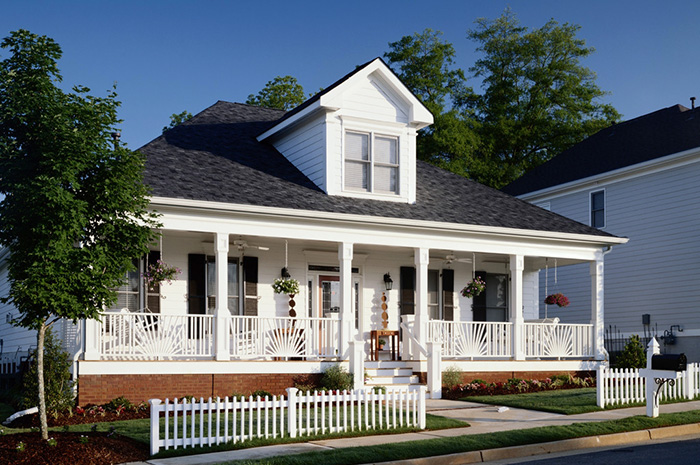How many levels of typhoons can a light steel villa withstand?
2024-07-19 22:25
Light steel villas have certain advantages in resisting natural disasters such as typhoons, but the actual level of typhoon they can withstand depends on several factors, including architectural design, material quality, construction techniques, and the specific intensity and impact of the typhoon.

1. Structure and Material Characteristics of Light Steel Villas
Light steel villas typically use light steel structures as their main framework, characterized by:
•Lightweight: Compared to traditional concrete structures, light steel villas are lighter overall but have high strength.
•Seismic Performance: Light steel structures exhibit good seismic performance, effectively reducing damage from earthquakes.
•Fast Construction: Prefabricated light steel components can be manufactured in factories and assembled quickly on-site.
2. Factors Influencing Wind Resistance
The wind resistance of light steel villas is influenced by the following factors:
•Design Standards and Codes: Different countries and regions have varying design standards for buildings, including wind resistance design levels.
•Structural Strength: The strength of the light steel villa's structure and its connection methods directly affect its wind resistance.
•Material Quality: The quality of building materials directly determines durability and wind resistance.
•Construction Quality: Whether construction practices meet standards affects the overall structure's stability.
3. Definition and Impact of Typhoon Categories
Typhoon intensity is typically categorized based on wind speed, using standards such as the Saffir-Simpson scale or specific national and regional criteria.
•Saffir-Simpson Scale: Typhoons are classified into different levels based on wind speed, ranging from Category 1 to Category 5, with Category 5 being the strongest.
•Impact Factors: Typhoon wind speeds not only determine wind strength but also factors such as pressure and wind load that affect building stability.
4. Analysis of Wind Resistance Capability of Light Steel Villas
Regarding light steel villas, their wind resistance capability can generally be assessed through several aspects:
•Design Standards: Design according to local building codes and wind resistance standards to ensure safety within a specified wind speed range.
•Structural Strength: Use high-strength light steel materials and appropriate connection methods to enhance overall structural wind resistance.
•Real-World Applications: In regions prone to typhoons, some professionally designed and verified light steel villas can be engineered to withstand higher-level typhoons.
Conclusion
Light steel villas possess a certain degree of wind resistance capability through their design and construction, enabling them to withstand a certain level of typhoon impact. However, the specific level of typhoon they can withstand depends on design standards, construction quality, and the actual intensity of the typhoon. When selecting and constructing light steel villas, it's important to consider local climate conditions and the frequency of typhoons to ensure the building can provide sufficient safety in the face of natural disasters.



